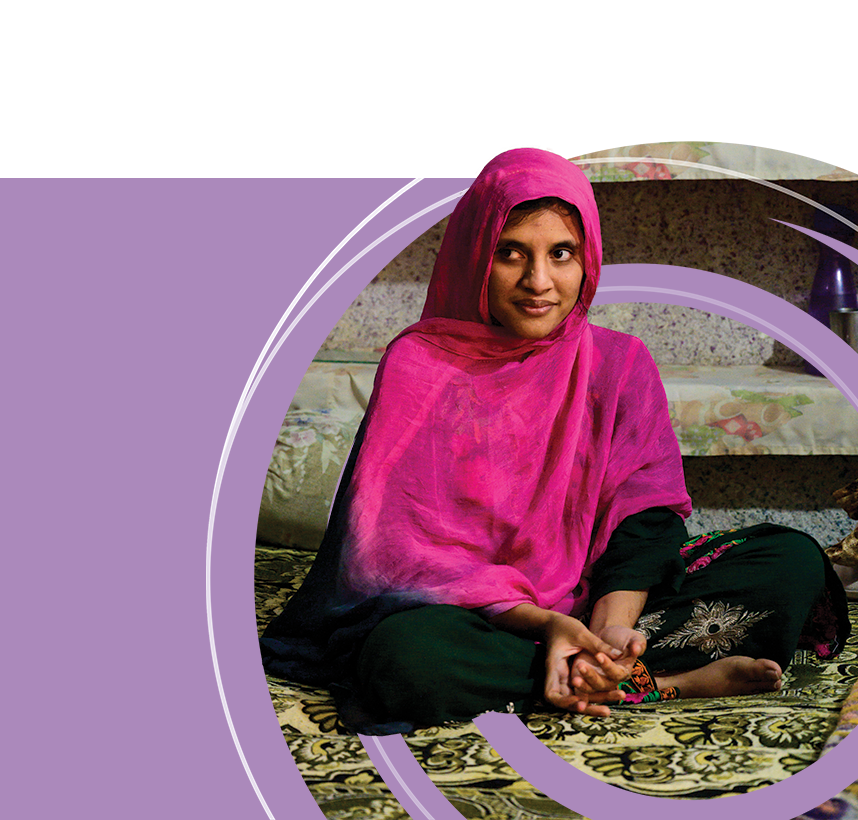

This chapter provides an overview of monitoring, evaluation and research related to adolescent health. It describes global measurement frameworks and the Global Action for Measurement of Adolescent health (GAMA), data collection systems for adolescent health and well-being indicators and global databases where data are stored and displayed. The chapter also highlights the importance of disaggregation of health data, describes the monitoring and evaluation of adolescent health and well-being programmes at country level. Finally, it provides an overview of how research can be advances and how to involve adolescents in monitoring, evaluation and research.












